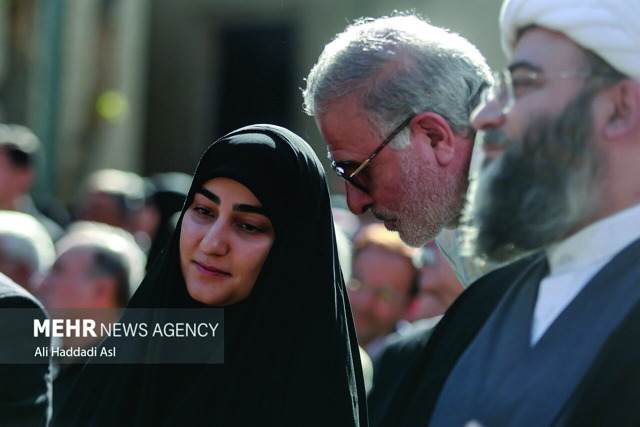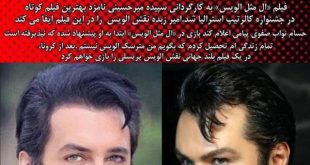Numerous other artists, filmmakers, and cultural figures — including veterans from the Islamic Revolution Art Bureau, members of the Actors’ Guild, and representatives from the Ministry of Culture and Islamic Guidance — attended the funeral to honor Kassebi’s decades of artistic service. At the conclusion of the ceremony, the body of Mohammad Kassibi was laid to rest in the Artists’ Plot of Behesht Zahra (PBUH), amid prayers, recitations from the Holy Qur’an, and heartfelt farewells from his family, friends, and admirers.
The gathering served not only as a farewell to a beloved artist but also as a celebration of a lifetime dedicated to art with purpose — art that reflected faith, integrity, and love for humanity. A funeral ceremony is a gathering held to honor, remember, and celebrate the life of someone who has passed away. It provides family, friends, and the community with an opportunity to express grief, share memories, and find comfort and support in one another. Funeral ceremonies vary across cultures, religions, and personal preferences, but they all serve the same essential purpose — to pay tribute to a life lived and to begin the process of healing for those left behind.


